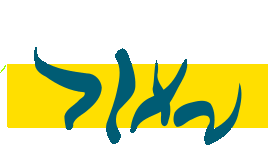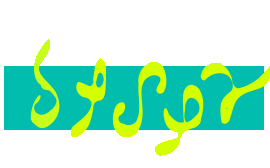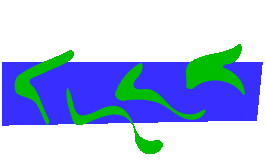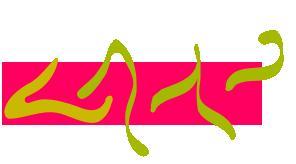



|
Dar es Salaam |
|
Cities The cities I've seen are pretty low, only a few buildings are higher than a couple of floors.
The buildings facing the street are usually small shops and the rest is hidden behind large trees.
All the day long there are thousands of people walking around the street, most of them are not carying anything.
Some are resting under the shadow of a tree to recover from the intensity of the sun.
Others are selling beverage or food in small baskets, often holded on the head.
Men are usually wearing long pants, despite the worm weather, women dress colorful skirts or long dresses. |
|
|
|
First contacts The first approach to people was quite difficult. The first
contacts I had were either with people who were trying to sell me
something or to get an invitation to europe since it is a precondition
in order to obtain a visum.
Apart from that I had a couple of lovely conversations with some
people about the job they were doing and the way they were
living the city. So far I could discuss with them in English but the
language is sometimes a big issue. |
|
|
|
|
|
Swahili Swahili is not a language easy to start. The word modifiers are usually
at the beginning of the word, the words are distinguished in 18 classes
where the odd ones refer to the singular form and the even ones to
plural. At first it is pretty difficult to remember all the prefixes of
the different classes, know how the prefixes modify the word to be able
to use the dictionary. The dictionary is mainly composed by arabic and
bantu words, few of them were imported from english and the meaning
words is for me completely obscure.
Verbs often contain the subject, the singular/plural, the object and the negative forms.
It remembers of the Italians forms "dimmelo, tienilo" but its extensive use makes verbs really hard to be understood.
|

|
National Museum The national museum contains four major aspects of the country:
I) the origin of the species: where the first species was found, how the "homo herectus" spread all over the world and which tribus are living in Tanzania II) colonialism and exploration of the country III) stone art all over the continent IV) local fauna. |
|
|
workers with handicap
The CEFA project in Dar consists in formation and insertion of people with handicap in the job market.
|
|
|
|
transportation To move around the city there are different possibilities to condider. Apart from the taxi one can take the bajaji (a passanger extension of the apecar of Piaggio) to be directly driven to destination.
Most of the drivers have taken us even without knowing the destination, they would rather called some friends on the way to ask the direction.
If you agree on the price you can pay between 1'000 and 6'000 Tsh, more or less half or one third of the taxi price.
|
|
|
|
Tinga Tinga
Tinga Tinga is a large area in Dar where most of the local art is produced and sold.
In this area is possible to see the local artists painting with different techniques common subjects of the Tanzanian society or landscape.
|
|
|
|
|
top | -> Bagamoyo |